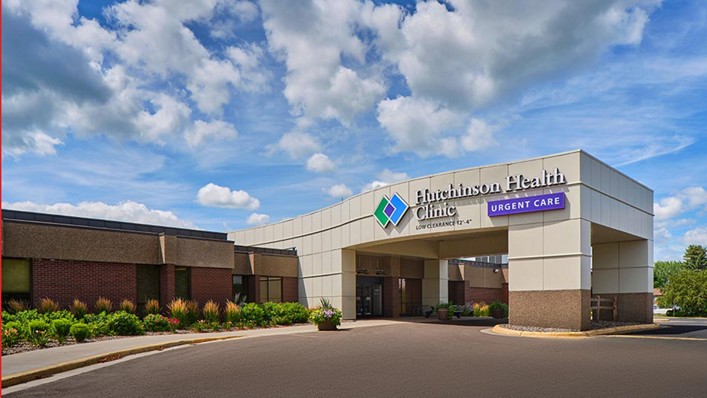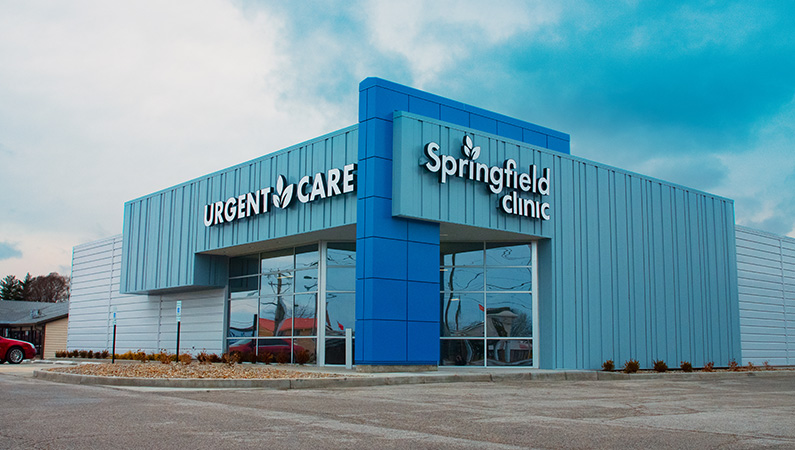Understanding the Role of Urgent Care in Giving Timely Therapy for Non-Life-Threatening Conditions
Urgent care facilities have emerged as an essential part of the medical care landscape, resolving the prompt demands of people with non-life-threatening problems. By supplying timely and available clinical solutions, these centers efficiently bridge the gap in between medical care and emergency departments. The implications of their duty prolong beyond mere convenience, motivating a better examination of when and just how these centers are utilized. Recognizing the nuances of immediate care can dramatically affect client end results and the general efficiency of health care delivery. What aspects add to their expanding significance in modern medicine?
What Is Urgent Treatment?
Immediate care describes a category of clinical solutions designed to deal with non-life-threatening problems that require instant focus. These facilities act as an intermediary in between health care physicians and emergency clinic, providing a practical alternative for patients that need prompt care without the substantial waiting times generally connected with emergency situation divisions.
Urgent care centers are normally staffed by medical professionals, including doctors, registered nurse professionals, and medical professional assistants, who are trained to identify and treat a large array of problems. Common services provided by these centers consist of therapy for minor injuries, diseases, and infections, in addition to diagnostic tests such as X-rays and lab work.
Additionally, urgent treatment facilities typically approve walk-in patients, getting rid of the demand for appointments. On the whole, urgent care plays a crucial duty in the healthcare system, making sure people can access vital clinical services promptly and effectively.

Many people might find themselves uncertain regarding when to seek treatment at an urgent treatment facility as opposed to a key care medical professional or an emergency room. Immediate care is created to address non-life-threatening problems that require timely attention yet are not severe sufficient to necessitate an emergency area go to.
Generally, one must consider urgent look after issues such as minor cracks, sprains, cuts calling for stitches, or infections like urinary tract infections. Furthermore, cool or flu signs, rashes, and allergies can additionally be appropriately handled in this setup.
It is important to keep in mind that urgent treatment is not appropriate for serious emergencies, such as upper body discomfort, difficulty breathing, or serious blood loss, which demand prompt emergency clinic treatment.
People who lack access to a medical care physician or can not protect a prompt consultation might additionally gain from immediate treatment solutions. Ultimately, understanding when to utilize urgent care can lead to extra reliable healthcare delivery, allowing patients to receive the appropriate level of care based on their specific health demands.
Benefits of Urgent Care Centers
Choosing immediate treatment facilities for non-life-threatening problems provides a number of advantages that improve client experience and ease of access. One primary benefit is the reduced delay times contrasted to typical emergency clinic. Urgent care centers generally operate a first-come, first-served basis, enabling clients to obtain prompt medical attention without the lengthy delays commonly connected with healthcare facility settings.
Furthermore, immediate treatment facilities provide extended hours, consisting of weekends and evenings, suiting individuals with varying timetables. This adaptability makes sure that people can look for investigate this site treatment when it is most convenient for them, additionally advertising timely intervention.

Furthermore, these facilities site web typically supply an extensive range of services, including small procedures and diagnostic examinations, all under one roofing system. This combination of solutions not only streamlines the person experience however also cultivates a much more cohesive strategy to taking care of non-life-threatening health and wellness issues, inevitably benefiting total client outcomes.
Typical Problems Treated
At immediate treatment centers, a selection of non-life-threatening conditions can be effectively dealt with, giving clients with obtainable and timely clinical help. These facilities are especially experienced at attending to concerns that call for prompt focus but do not position a prompt threat to life or limb.
Common problems treated at immediate treatment facilities consist of minor injuries such as stress, sprains, and cracks. Furthermore, they handle diseases like colds, influenza, and infections, consisting of urinary system system infections and sinus problems. Skin disease, varying from breakouts to insect attacks, are additionally regularly addressed. Urgent care centers are equipped to perform required analysis examinations, such as X-rays and lab examinations, enabling them to supply detailed treatment.
Furthermore, immediate care companies can administer inoculations, aiding to stop the spread of transmittable illness - Urgent Care. They additionally use services for small procedures, such as suturing wounds or draining pipes abscesses. By using these diverse solutions, urgent care facilities play an important duty in linking the space in between medical care and emergency situation services, making certain clients receive prompt treatment for a vast variety of problems without the requirement for lengthy wait times generally linked with emergency areas
Exactly How Urgent Treatment Supports Medical Care System
Urgent treatment centers play a right here vital role in sustaining the overall health care system by alleviating the problem on emergency situation departments and giving timely access to clinical care for non-life-threatening problems. By dealing with cases such as small injuries, infections, and ailments, urgent treatment centers allow emergency divisions to concentrate on even more vital people requiring instant focus.
Moreover, urgent care facilities enhance healthcare availability, offering extended hours and a much more practical option to typical primary care settings. This ease of access is especially valuable for patients who might not have a regular doctor or who need instant therapy beyond regular workplace hours. Consequently, urgent care centers efficiently decrease wait times and enhance client fulfillment.
In addition, immediate treatment centers add to cost savings for both patients and the medical care system by giving lower-cost solutions contrasted to emergency situation divisions. This economic efficiency is crucial in a period of climbing health care expenses, enabling clients to receive necessary care without incurring expensive expenses.
Conclusion
In verdict, immediate treatment centers play a vital role in the medical care system by supplying prompt therapy for non-life-threatening problems. By bridging the space in between primary treatment and emergency clinic, these centers ensure that individuals get prompt medical focus without the prolonged wait times commonly related to emergency divisions. The accessibility and efficiency of immediate care facilities contribute significantly to reducing the total burden on medical care resources, improving person end results, and advertising a more effective healthcare distribution system.
Urgent treatment facilities have actually emerged as an essential component of the medical care landscape, resolving the instant demands of patients with non-life-threatening conditions. Immediate treatment brows through generally sustain reduced out-of-pocket expenses contrasted to emergency department check outs, making treatment extra budget friendly for clients without endangering quality. Urgent treatment facilities are furnished to execute needed analysis tests, such as X-rays and lab tests, enabling them to give detailed treatment.
By supplying these varied solutions, urgent treatment centers play a vital duty in bridging the space in between main care and emergency situation services, guaranteeing people obtain prompt therapy for a wide range of conditions without the requirement for long delay times typically linked with emergency situation areas.
In addition, immediate treatment facilities boost medical care availability, supplying extensive hours and an extra hassle-free alternative to conventional key treatment setups.
Comments on “Specialist Advice on Navigating Clinic Options for Urgent Care”